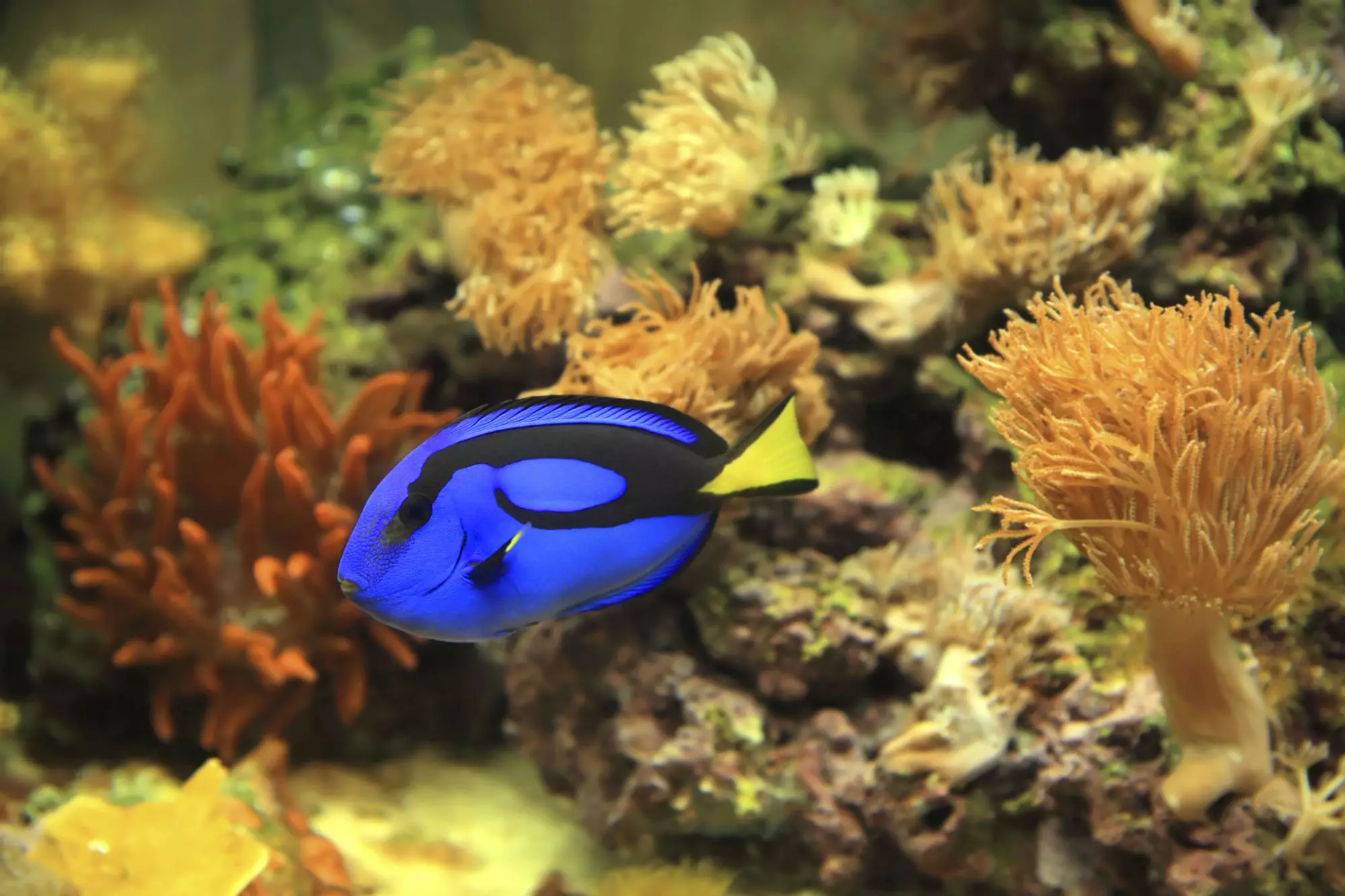Maintaining a vibrant and healthy saltwater aquarium is an exciting endeavor, yet it often presents challenges, particularly in the form of algae blooms. Excessive algae, including various types of cyanobacteria, diatoms, and hair algae, can disrupt the balance of your tank. Understanding the underlying causes of this proliferation and effectively addressing them is key to ensuring your aquatic ecosystem thrives.
Algae growth, often manifesting as red slime or green hair, is a sign of imbalance in the aquarium environment. This issue arises from several interrelated factors, primarily light exposure, nutrient levels, and water quality. Algae are opportunistic organisms that thrive on abundant light and nutrients, including dissolved organic compounds (DOCs), nitrates, and phosphates. Hence, an aquarium with artificial lighting that’s too intense or extended light cycles can quickly become a breeding ground for algae. Similarly, high concentrations of nitrates and phosphates, coupled with silicates, provide an ideal environment for diatoms.
Using tap water for your aquarium could introduce unwanted elements, including nitrates and phosphates, further aggravating the growth of algae. Additionally, poor-quality sea salt mixes may contain these harmful nutrients, which can set the stage for algal blooms. Maintaining rigorous water quality and circulation is crucial, as stagnant water can encourage problematic algae types like cyanobacteria.
Regular maintenance and care for your aquarium are fundamental to controlling algae growth. Neglecting routine cleaning and water changes will lead to the accumulation of excess nutrients, facilitating unwanted algae to thrive. It is also critical to ensure that the water flow within the aquarium remains adequate. Different algae species thrive in varied current conditions; for instance, cyanobacteria prefer low-flow areas, while hair algae typically flourish in high-water movement zones.
To prevent an algae outbreak, a sound maintenance schedule should include regular water testing, filtration checks, and cleaning tasks like siphoning the substrate and algae removal. Performing these actions helps to keep nitrate and phosphate levels low, which will, in turn, hinder algae growth.
Light is both a necessity and a potential catalyst for algae growth. Adjusting the intensity and duration of lighting based on the specific algae types present in your aquarium is essential. For example, reducing light exposure can help control green algae, while increasing it may mitigate the presence of brown algae. It is important to focus not just on the quantity of light but also its quality.
Simultaneously, manage nutrient levels effectively. This can be achieved through practices like protein skimming, which removes organic waste before it can decompose and contribute to nutrient accumulation. Choosing the right substrate can also play a key role in nutrient absorption, with substrates like aragonite proving most effective at limiting the silicate supply necessary for diatom growth.
Introducing algae-eating inhabitants into your aquarium can help manage algae levels organically. Various fish and invertebrates—such as Tangs, Surgeonfish, and certain types of Hermit Crabs and Snails—rely on algae as a significant part of their diet. These natural grazers can keep algae in check without the need for harsh chemicals.
Another effective strategy is the cultivation of beneficial macroalgae. Good algae species can compete for space and nutrients, thereby inhibiting the growth of harmful algae types. This competitive exclusion can help maintain a healthy and balanced ecosystem within your aquarium and often makes for an aesthetically pleasing setup as well.
While many aquarium owners consider chemical solutions for controlling algae, it is critical to approach this method with caution. Although there are commercially available treatments that can alleviate algal issues, over-reliance on these products can lead to further complications, including spikes in ammonia and nitrite levels due to decaying algae. Therefore, it’s advisable to consult with experienced aquarium specialists before resorting to chemical treatments. Moreover, maintaining optimal water quality through diligent monitoring and routine water changes should always take precedence.
While algae growth is a natural occurrence in a saltwater aquarium, excessive blooms can signal a need for intervention. By understanding the contributing factors—light, nutrients, water quality, and maintenance—aquarium enthusiasts can implement strategies to both manage and embrace the presence of algae. With careful observation, appropriate stocking, and dedicated maintenance practices, a flourishing aquatic habitat is within reach, allowing both the fish and the plants to thrive harmoniously.

